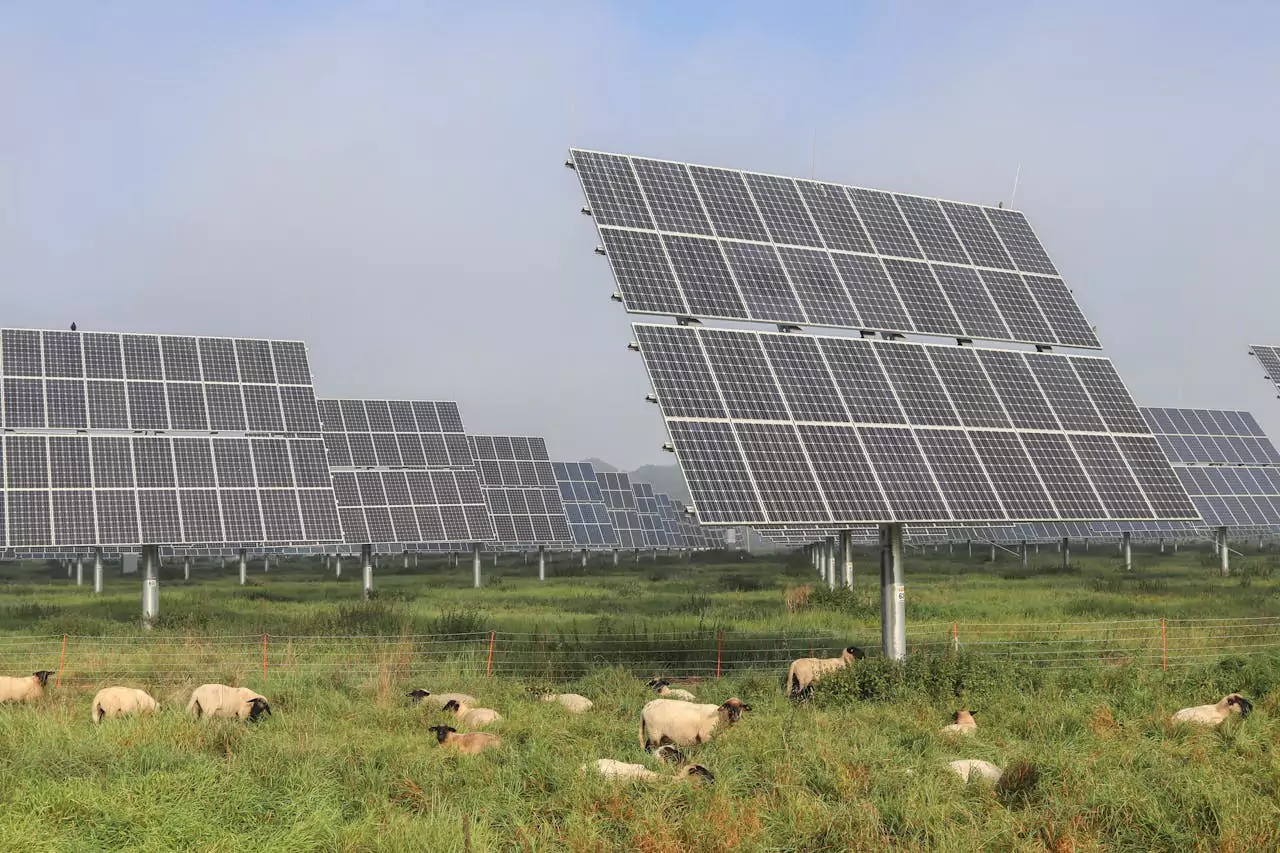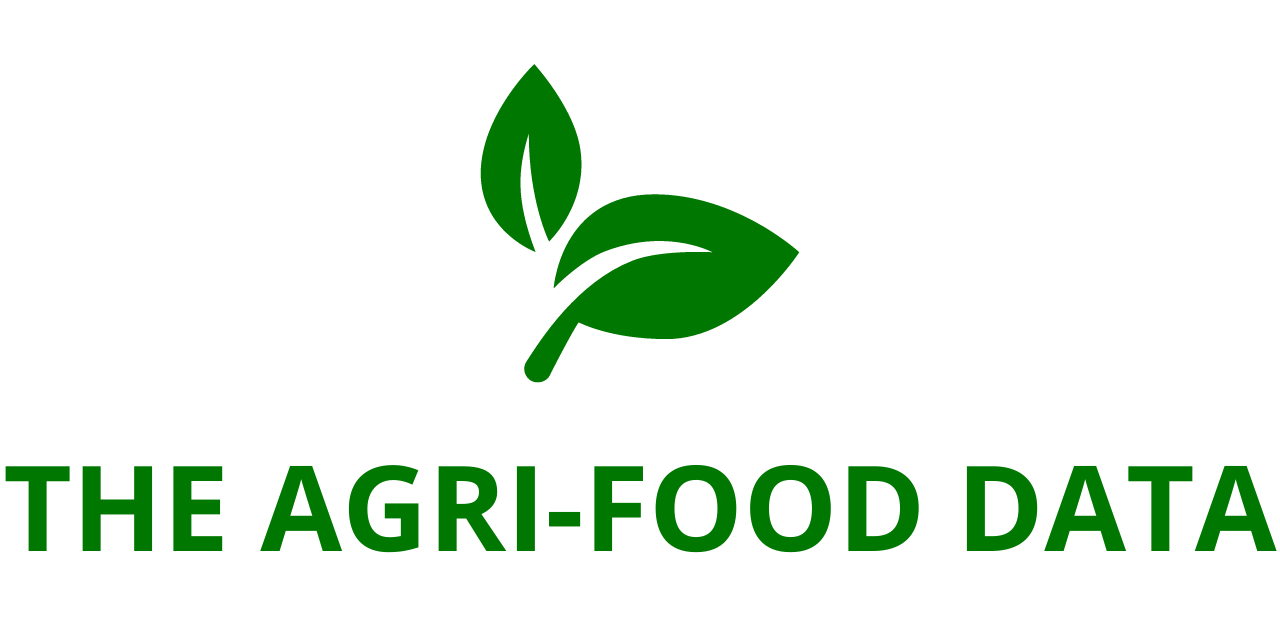
Solar and Agriculture Join Forces in Historic Policy Breakthrough
The Solar and Farming Association (SAFA) has reached a significant policy milestone that promises to strengthen rural farming families and boost local economies. During the 2025 American Farm Bureau Federation (AFBF) convention held on January 28 in San Antonio, TX, delegates voted to include the prioritization of solar projects with verified shared agricultural use in the AFBF’s policy book. This decision represents a crucial step toward expanding homegrown American energy while ensuring that farmland remains actively in production.
“This milestone demonstrates the growing recognition that solar development and farming can, and should, coexist. By adopting agrivoltaics policies, the Farm Bureau has solidified its commitment to a resilient future for America’s farmers and rural communities,” said Lucy Bullock-Sieger, Vice President of Strategy at Lightstar and SAFA co-founder.
A Landmark Decision for Agrivoltaics
The AFBF policy book serves as a foundational framework for all state Farm Bureau organizations, guiding their legislative priorities and advocacy efforts. With the inclusion of agrivoltaics-friendly policies, state Farm Bureaus now support solar projects that integrate shared agricultural uses. These projects include pollinator-friendly solar farms, grazing lands incorporated with solar infrastructure, and solar panels co-located with crop production. This approach ensures that renewable energy expansion aligns with long-standing agricultural traditions while providing additional economic opportunities for farmers.
Agrivoltaics—the simultaneous use of land for both solar energy and agricultural production—presents a unique solution to two of the most pressing issues of our time: food security and clean energy generation. By incorporating solar panels onto active farmland, agrivoltaics allows for diversified revenue streams, optimized land use, and enhanced climate resilience.
A Vision for Rural Growth and Energy Innovation
SAFA has been a vocal advocate for agrivoltaics, emphasizing its potential to support both farmers and the clean energy sector. This new policy underscores a critical balance between the expansion of renewable energy infrastructure and the preservation of agricultural land.
SAFA particularly commends the Illinois and Indiana Farm Bureaus, along with their local members, for championing agrivoltaics at the national level. This grassroots momentum demonstrates the growing interest in solutions that harmonize agricultural productivity with sustainable energy generation. Farmers like Matt Riggs of Champaign County, IL, played a pivotal role in promoting this policy, working closely with the Illinois Farm Bureau to advocate for its adoption.
“I see agrivoltaics as a way to deliver reliable, superior profitability to farming operations of all sizes. Adding another income stream to a farm is more important than ever, given the current down cycle in grain markets. Agrivoltaics could be this generation’s best tool for ensuring family farmers’ independence and survival,” said Riggs.

Economic and Environmental Benefits
The inclusion of agrivoltaics in the AFBF policy book opens new opportunities for farmers, rural communities, and solar developers alike. This policy shift provides a pathway for:
- Increased farm profitability – By integrating solar projects into existing farm operations, landowners can generate additional revenue without compromising agricultural output.
- Enhanced land resilience – Agrivoltaic projects can improve soil health, support biodiversity, and reduce the impact of extreme weather events.
- Strengthened rural economies – By encouraging investment in agrivoltaics, communities can create jobs and stimulate local economic activity while advancing renewable energy goals.
- Sustainable energy production – Dual-use solar projects contribute to national clean energy targets while keeping agricultural lands productive.
Advancing Rural Partnerships
This policy milestone represents more than just an update in Farm Bureau priorities—it’s a call to action for stakeholders across agriculture, energy, and policy. SAFA aims to build strong coalitions with farming communities, solar developers, land grant universities, and policymakers to translate this vision into on-the-ground projects. By fostering collaboration, SAFA envisions a future where agrivoltaics is a mainstream solution for farms of all sizes.
“America’s farmland is one of our most valuable resources, and this policy ensures that farmers have a seat at the clean energy table,” said Mike Marsch, Chief Development Officer at BlueWave and SAFA co-founder. “Investing in agrivoltaics is an investment in rural livelihoods and a secure future for generations to come.”
The Path Forward
Looking ahead, SAFA is committed to ensuring that agrivoltaic policies translate into tangible benefits for farmers. This includes:
- Providing educational resources – SAFA will work with agricultural extension programs and universities to help farmers understand the economic and operational benefits of agrivoltaics.
- Encouraging research and innovation – Investments in agrivoltaic technology will help optimize crop yields, animal grazing practices, and solar energy efficiency.
- Engaging with policymakers – SAFA will advocate for policies that provide financial incentives, technical support, and regulatory clarity to accelerate agrivoltaic adoption.
- Facilitating partnerships – By connecting farmers with solar developers, SAFA will help streamline the implementation of agrivoltaic projects nationwide.






